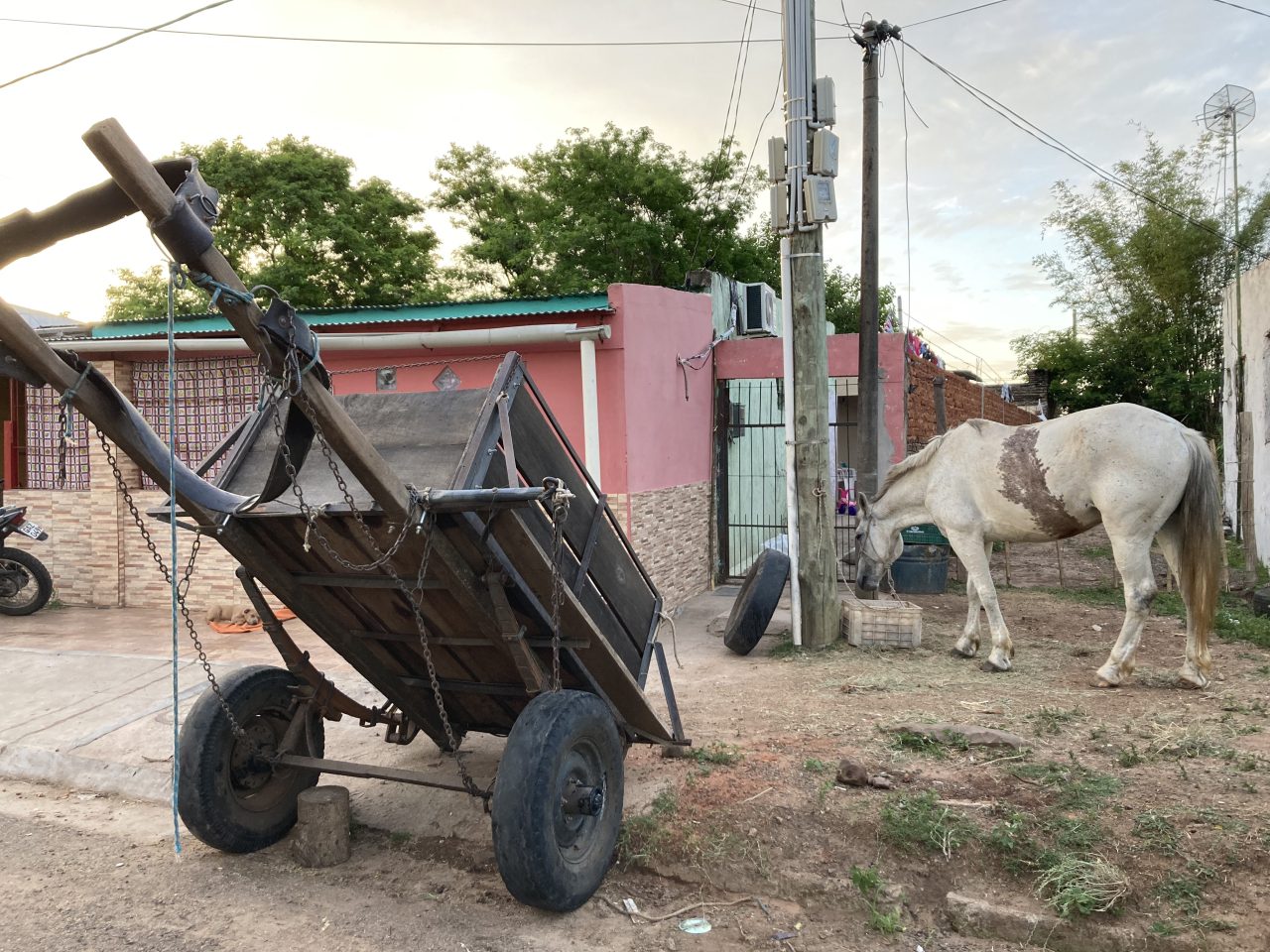The city of Artigas is the capital of the department of the same name and has a population in excess of 40,000 (within the city itself). Artigas is known for its amethyst quarries and even exports to countries such as Russia. Despite this, within Uruguay the department has the highest levels of economic deprivation, and its inhabitants feel like the citizens of a “forgotten department”.
From a linguistic point of view, the situation has changed a great deal, especially since the 1980s and 1990s, when it was possible, without difficulty, to find speakers who spoke in their border variety (for a reference here, see for example the project of the Diatopic and Diastratic Atlas of Uruguay – North; studies by Professor Adolfo Elizaincín; or the more recent work of Professor Ana Maria Carvalho). Today, there are few speakers who maintain their border variety and pass it on to future generations. For the current primary generation, that is, those who are approximately 18 to 34 years old, job opportunities are very scarce, indeed practically non-existent, so in most cases they are forced to leave the department in the hope of carving out a better future for themselves in the capital or in other departments of the country. This leads to a depopulation among young adults and thus to an irremediable breakdown in the transmission of border speech as a “variety of heritage”, i.e. as a form of speech that is passed down from generation to generation and that is very specific to the speaking community in question.
The next factor that differentiates the rural area investigated from this urban one is that schooling is consistently conducted in Spanish, which has led to this language being spoken even in practically all private spheres, which of course is to the detriment of border varieties.
The city of Artigas, on the Uruguayan side, and the city of Quaraí, on the Brazilian side, are separated by a bridge of some 750 metres. The inhabitants move freely from one city to the other, bringing back words and expressions in Portuguese. However, it is necessary to make a (very important) differentiation between border speech as a heritage language, passed down from generation to generation, and speech on the border that arises as a language of contact due to a speaker simply being immersed in the geographical reality of that border context. Within the framework of this research, the variety transmitted from generation to generation is the focus of our interest, not the set of expressions that a speaker may have incorporated and accumulated over the years in his or her speech because of living in such a border space. This first type of speaker is, as already mentioned, increasingly rare and difficult to find, not least due to the strong stigmatisation that is known to be attached to these varieties.
However, there are some neighbourhoods or suburban environments, such as the Ayuí, Rampla and Cala neighbourhoods, where the border variety of Artigas continues to enjoy a degree of vitality. Yet here too the question arises as to whether it is merely a matter of time until it is no longer heard in kitchens and at football matches.
